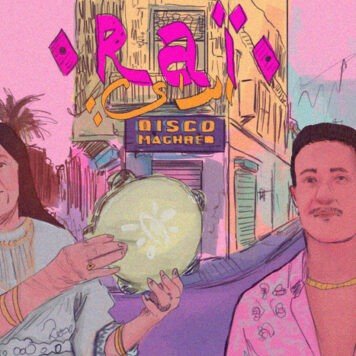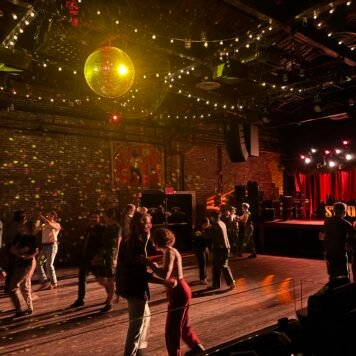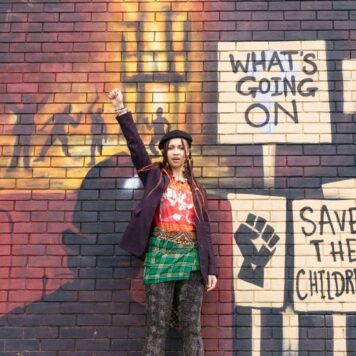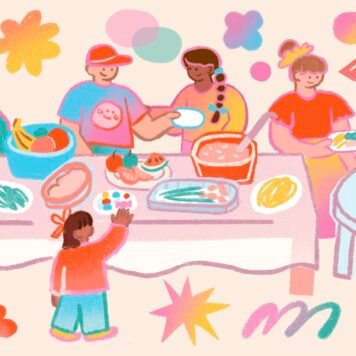It is increasingly recognised that LGBTQI+ individuals face numerous obstacles in claiming asylum in the UK. And it’s nothing new: the UK Lesbian and Gay Immigration Group, for example, reported that in the year 2009–2010, between 98% and 99% of all lesbian and gay asylum cases in the UK were rejected at the initial interview stage, compared with a 73% rejection rate for other asylum claims.
The Guardian has also reported that in 2019 alone, the Home Office rejected thousands of LGBTQI+ asylum claims. In spite of this growing awareness, most research and reporting has been dedicated to the experiences of cis-gendered gay men, thus often failing to acknowledge the experiences of queer women and the particular problems that the intersection of gender and sexuality bring them. This failure leaves queer women especially vulnerable as the UK asylum system does not provide any specific protections for them, despite the fact that they experience persecution in ways that differ from men and queer men.
Moreover, applicants’ claims are still too often assessed based on western, sexist and heteronormative assumptions surrounding queer female sexuality. There is thus an urgent need for the UK asylum system to change its perspective and engage in the specific dimensions of the queer female asylum-seeker experience.
The specific persecution experienced by queer women
Establishing a claim for asylum as a queer woman in the UK can be extremely difficult because of the UK asylum system’s lack of acknowledgment that queer women often experience persecution in ways that are distinct from men and queer men. The UN Refugee Convention itself includes neither gender, nor sexuality, as reasons for which individuals may fear persecution. For queer women, whose applications sit at the intersection of gender and sexual orientation asylum law, it is therefore hard to translate their experiences of persecution into narratives that will be recognised as sufficiently engaging with the Convention.
The UK asylum system often fails to recognise that the violence queer women have faced does amount to persecution, in conformity with the 1951 Convention, because it typically takes the form of domestic violence occurring at home in the private sphere, an area often considered outside of the state’s reach. Adjudicators thus regularly interpret instances of domestic violence as “interpersonal disputes”, not issues of state-sponsored violence or persecution triggered by the state’s anti-LGBTQI+ rhetoric.
This contrasts with how adjudicators often view the experiences of queer men, for whom persecution will more characteristically occur outside of the domestic context and thus be more easily recognised as resulting from state sponsored violence against LGBTQI+ individuals. This failure to acknowledge the gender-specific dimensions of the persecution experienced by queer women means that courts still tend to equate the lack of undocumented evidence of human rights abuses against them with an absence of persecution, leading to the rejection of asylum applications.
Heteronormativity in the asylum process
Secondly, the separation of gender and sexual identity in female asylum cases means that an applicant’s experiences of rape, domestic violence and/or forced marriage are often viewed as unrelated to her sexual orientation. For example, in the case of a 19-year-old Belarusian lesbian who was gang raped along with her girlfriend and then mocked by the police to whom she made a complaint, the judge said that “the appellant appears to have been targeted only because of her sex and vulnerability rather than her sexuality.” Such examples show that UK courts too frequently fail to understand the interrelation of gender and sexuality and thus the nature of the persecution faced by queer women.
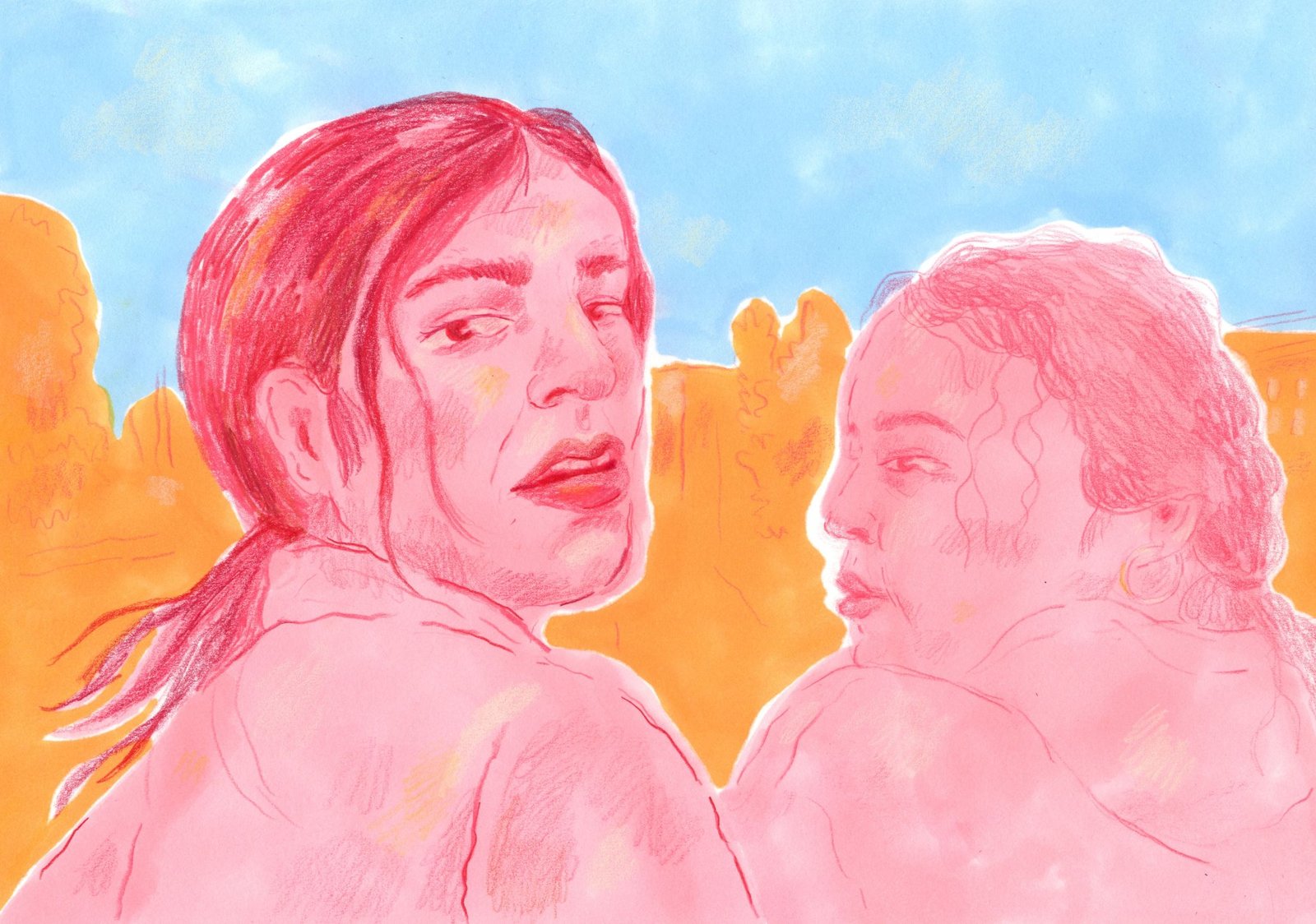
Western perceptions of queer women
A second major obstacle faced by queer women in the UK asylum system is that their applications are “still too often assessed based on [western, sexist] and heteronormative stereotypes and assumptions about queer female sexuality,” says Rachel Lewis.
Firstly, queer female applicants frequently have to overcome the so-called ‘discretion assumption’, that is the assumption that queer women can avoid harm by being discreet in their conduct. Although this assumption no longer explicitly features in the UK’s asylum policies, the treatment of queer women in the system indicates that it is still implicitly maintained.
For example, according to a UKLGIG report, in one case a UK judge accepted that the applicant was a lesbian but that she could nonetheless return to Jamaica because “she was now in middle age [and thus] less likely to be a focus of sexual attention than in the past.” As Lewis writes, such sexist and heteronormative assumptions surrounding queer female sexuality mean that “the asylum system both assumes and reinforces the invisibility of lesbian migrants” and exposes them to a higher risk of deportation and subsequent rights violations back at home. Discretion for queer women means “having to marry, [and thus being subjected] to rape every day of their lives,” Lewis says.
Stereotyping within the system
Queer female people seeking asylum are frequently faced with their own hyper-sexualisation and stereotyping during the application process because western, heteronormative and sexist stereotypes continue to influence adjudicators’ perceptions of queer female identity. The UK Lesbian and Gay Immigration Group have documented that officials frequently engage in sexually explicit questioning of asylum applicants, making decisions on the basis of claimants’ sexual practices and behaviour.
In 2013, UK judges were reported to have asked applicants questions such as their opinion on Oscar Wilde; which lesbian TV-shows they watched; which sex positions they adopted; “Was it loving sex or rough?”; “How many sexual encounters have you had with your partner?” and “You have never had a relationship with a man. How do you know you are a lesbian?”
Subjecting and reducing applicants to such hypersexualised and heteronormative perceptions of queer female sexuality and identity is not only degrading but also makes it harder for them to talk about their experiences when trying to prove their sexual orientation. As queer women experience physical and/or sexual violence in their home countries as a result of their sexual orientation, even saying the words ‘I am a lesbian’ can often prove extremely difficult. Therefore, placing women in such an intrusive environment, further exacerbated by the presence of male strangers, notably immigration judges and members of the British public who are allowed to attend political asylum hearings, is not conducive to them being able to argue their case or conform to the stereotypes the asylum system often places them under.
There is thus a double irony in the UK asylum system under which queer women are, on one hand, expected to be “discreet” about their sexuality but, on the other hand, be able to talk about their queer identity with ease, despite the fact that they were faced with persecution and potentially death for being queer back in their home countries.
The scope for improvement
Queer women thus face numerous obstacles in the UK asylum system, compounded by the fact that it has no specific protections in place for queer women. There is thus much room for improvement, with a need for adaptations that recognise the specific challenges faced by queer women as a result of the intersection of gender and sexuality. An example of such an adaption, argues Lewis, would be to introduce “specialist training that teaches adjudicators how to recognise the intersectionality of gender and sexual identity in accounts of [queer female] persecution.”
Through such measures and greater research into these issues, it can be hoped that the UK asylum system can be reformed so as to ensure a more just handling of applications brought by queer female people seeking asylum in the future.


